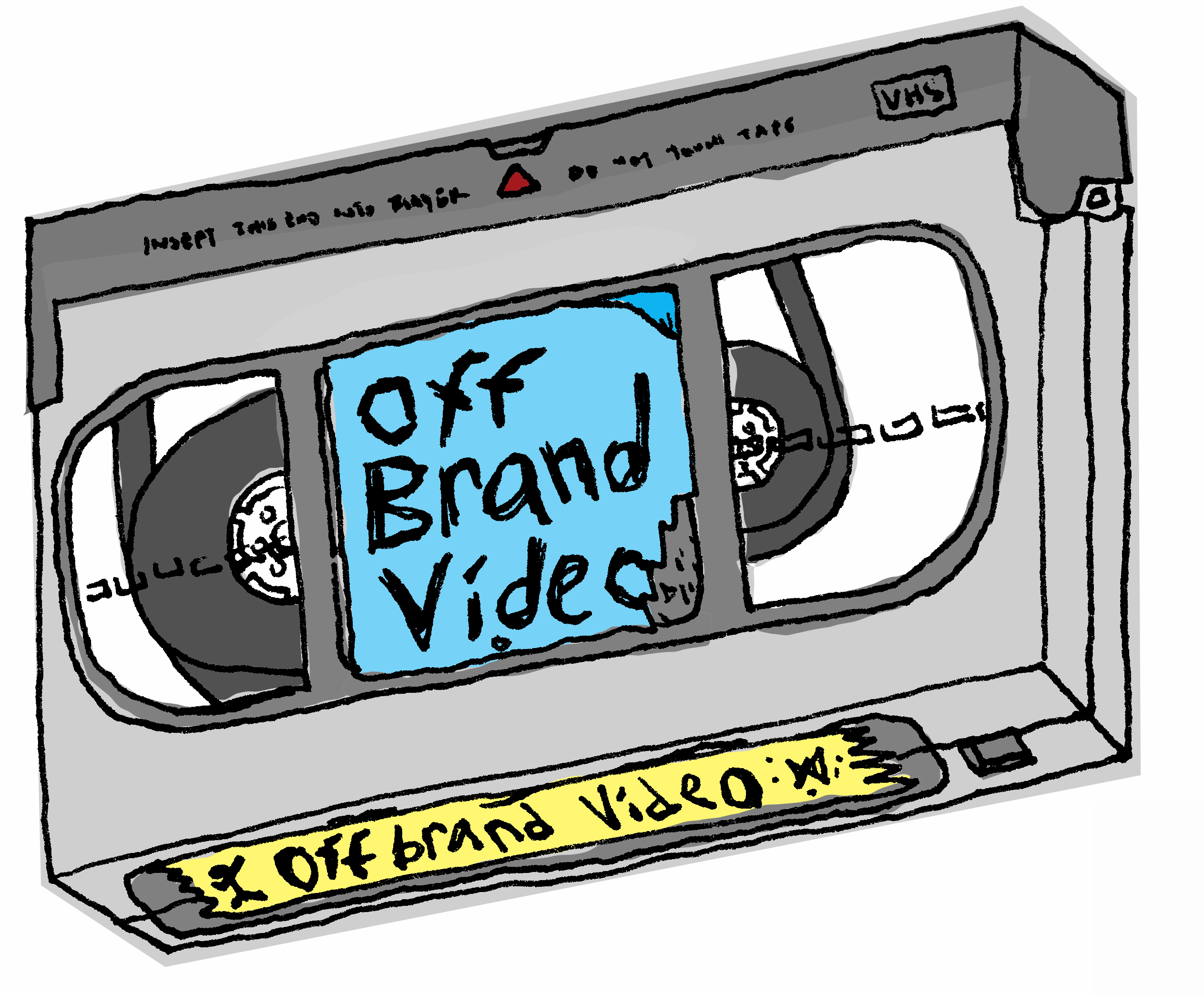
When Warhol placed a static camera close to subjects in repose, they slept, kissed, stared, but never worked. Without cuts or multiple angles, time erodes bodies in the frame. In Eat, Kiss, et al, duration supplants person as each film’s chief subject. For Vick Quezada, leisure and time don’t mix. “High Grind, Low Wage” weds duration with task, as Quezada cuts grass for fifty minutes uncut.
Lawn mowing, synonymous with the tedium of blue collar labor, requires the mower to pace the earth with precision. The frame swells with a vast stretch of green, calling to mind a golf course or posh Long Island lawn, with the viewer positioned slightly above, as if from a country club terrace. A portrait, a closeup, a screen-test, would humanize the landscaper, whereas Quezada aims to implicate, to cast the viewer as someone content with watching a worker blend into terrain. Over time, the natural landscape becomes a lush cage, the landscaper sacrificing their own beauty for the sake of the yard.
Quezada often collaborates with the land, lately with maize cast in a starring role. According to Quezada, the plant, native to Mexico, “has both masculine and feminine reproductive organs,” and an ancient maize deity “displayed gender transformation and duality.” As Quezada walks the line in “High Grind, Low Wage,” they sport the costume of brazen maleness, the white cotton tank top, still referred to in some circles as the wife-beater, signaling a simultaneous identification with and repudiation of Chicanismo, a more masculine coded and nationalistic branch of Mexican-American identity. While such men make up the majority of the landscapers Quezada calls attention to here, they’re also a demographic largely intolerant of LGBTQIA membership. Quezada’s gender-nonconformity and indigenous roots have led them to embrace the Xicanx strand, more focused on a mix of queerness and decolonization.
In their latest video, “Destined for Gold,” Quezada plays another blip in a landscape, this time meandering the Mohawk Trail, not far from their home in Massachusetts. Equipped with a metal detector, the Xicanx protagonist searches for wealth, or a semblance of sustainability, as the drone-mounted camera of collaborator Amanda Boggs hovers, gazing, pointing to the overlap between members of the country club and the Pentagon. Most of the data drones collect is beautiful landscape painting. If only the Aztecs owned such toys when the conquistadors showed up.
These videos share the Sisyphean task of achieving indigenous recognition played out across centuries. In minute 1 of “High Grind, Low Wage,” the motor revs to life, almost comically; by minute 49, its rumble is a dirge. The conductor roams in and out of view, some weeks in the news cycle, some out, but most often buried in hum. At the 29min mark, Quezada comes as close to the camera as they’ll get, but there’s no tip of the hat. Every lawnmower knows that the moment the job is done, the gnarliness grows back.
We’ll return next month with a video from Claudia Bitran. Read our mission statement below.
Off Brand Video is interested in pieces that trouble, queer, and speak back to mainstream cultural production. OBV provides access to non-narrative video normally reserved for private collections, gallery spaces, one-off screenings, or personal Vimeo accounts. In a gallery or on YouTube, you may watch for a minute and move on. Off Brand Video is the place to take the time. Send recommendations for artists, videos, or archives to pattygonebiz@gmail.com.




